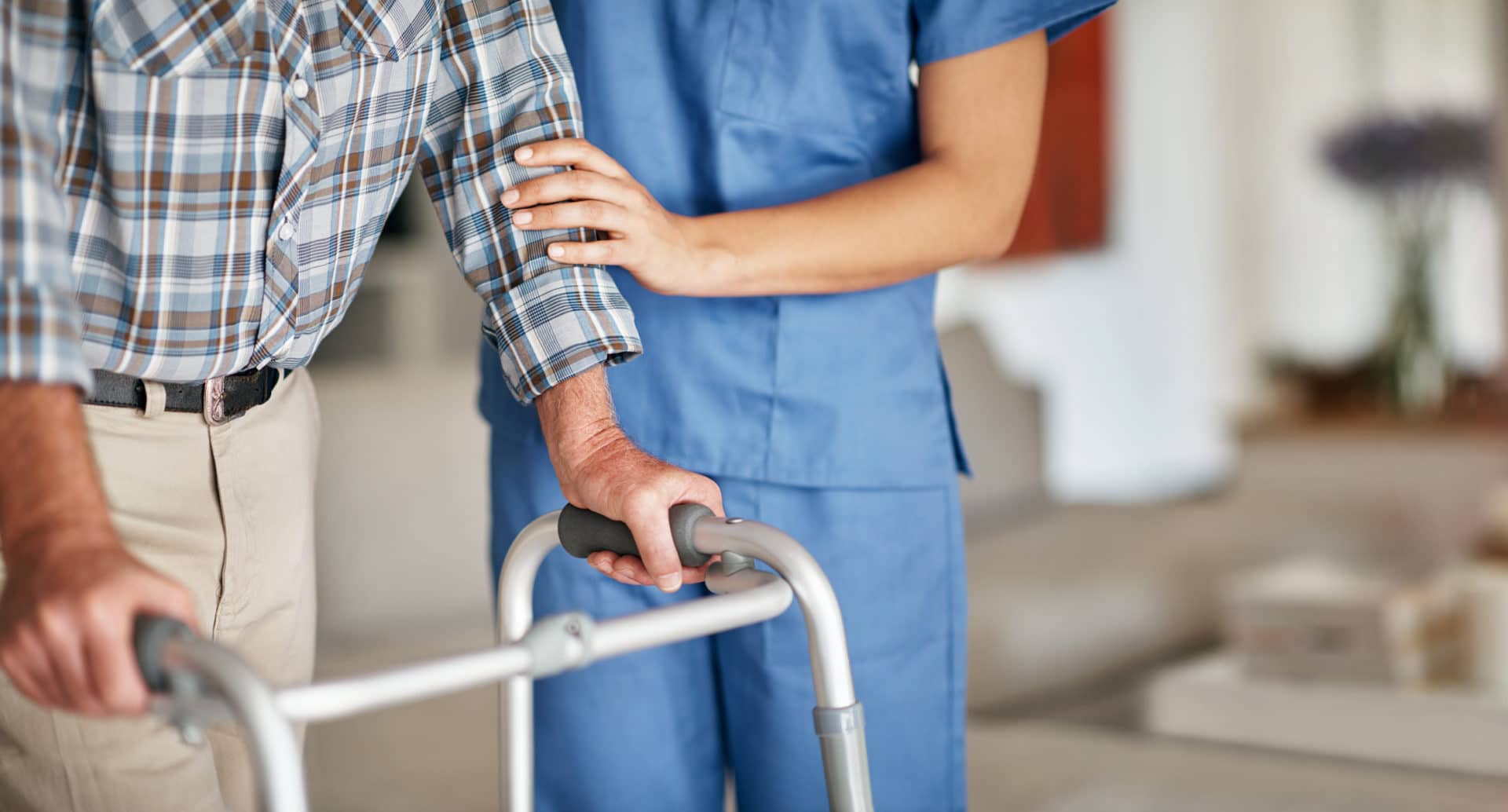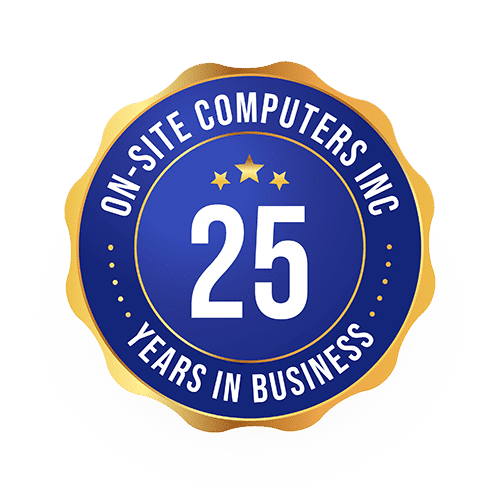Are You Properly Protecting Yourself and Your Residents Against Cyber-Attacks?
You’ve likely heard over and over again about the importance of HIPAA compliance. It’s a HUGE topic in the healthcare industry. In fact, it’s so huge that many healthcare providers, including long-term care facilities, strive to achieve HIPAA compliance and think that’s enough to remain secure in today’s ever-evolving technological world.

This is, unfortunately, a huge oversight. Despite what many assume, compliance doesn’t always equal security. Even though HIPAA involves many cybersecurity stipulations, such as the Security Rule, it’s not an end-all-be-all solution.
Where Does HIPAA Compliance Fall Short When It Comes to Security?
Did you know stolen medical data sells on the dark web for approximately 10 – 20 times more than credit card data? Patient health records are incredibly desirable for cybercriminal. Why? Because they’re exploitable in a variety of ways. For instance, terminally ill or deceased patients enable fraudsters to steal identities. This is one of the many reasons HIPAA was enacted – aiming to enforce patient confidentiality within healthcare organizations.
So where does HIPAA compliance fall short when it comes to security? Keep in mind, HIPAA was developed in the age of paper records. While it’s been updated and addressed to some degree, the cybersecurity side of it remains limited and outdated. As more and more long-term care facilities move towards digital data storage and access, the cybersecurity risks they face continue to grow.
Unfortunately, there is no way to certify HIPAA compliance – leaving many vulnerabilities overlooked until a data breach occurs.
As there’s no way to certify HIPAA compliance, long-term care facilities and other health providers are left guessing whether or not they’re truly in compliance with various requirements. And even if they are in compliance, the framework of information security controls is outdated, as mentioned above. There is no thought given to the cloud, mobile devices, ransomware, and other modern technologies and the risks associated with them.
Think about it… Modern technologies have made it easier for you to access protected health information (PHI). Chances are, it’s easier for cybercriminals to do so as well.
Ambiguous Terms Don’t Ensure Security…
When we look at the standards and specifications for administrative, technical, and physical controls, there’s not a whole lot of guidance in terms of how to implement proper security measures. In fact, ambiguous terms are often used, such as “adequate” protection or “reasonable and appropriate” safeguards – but it’s not clear what qualifies as “adequate” or “reasonable and appropriate.” This leaves a lot of room for error.
Plus, many of the regulations are based on notification rather than detection when it comes to breaches. There isn’t much prioritizing in terms of detecting breaches, which leaves many long-term care facilities with a lack of detection protocols in place – resulting in data being leaked or exposed for extensive periods of time.
How Can You Improve Your Cybersecurity Measures?
One of the easiest ways to improve your cybersecurity measures involves migrating away from your antiquated EHR solution to a modern cloud system – giving you access to a range of security features that keep protected health information secure. So what are the signs of a HIPAA compliant, secure cloud solution?
- Your data is backed up: If you’re storing data in the cloud, you need to make sure there’s a system in place to:
- Back-up your data on a regular basis
- Verify your backups are working at all times
- Safeguard your backups to keep them protected
- Your data is encrypted: Any data stored in the cloud should be encrypted while it’s at rest or in transit. This means it’s formatted into unreadable language in the event that an unauthorized individual gains access. In order to view the data properly, a “password” is necessary.
- Your data is protected via multiple layers: A multi-layered approach should be used to secure data in the cloud. This includes firewalls, intrusion detection, and other features that keep data safe against any sort of unauthorized access or theft attempts.






